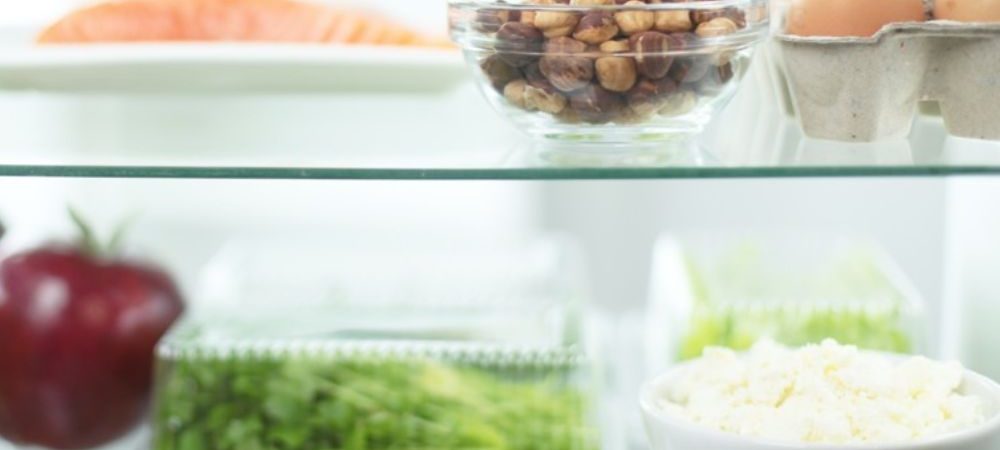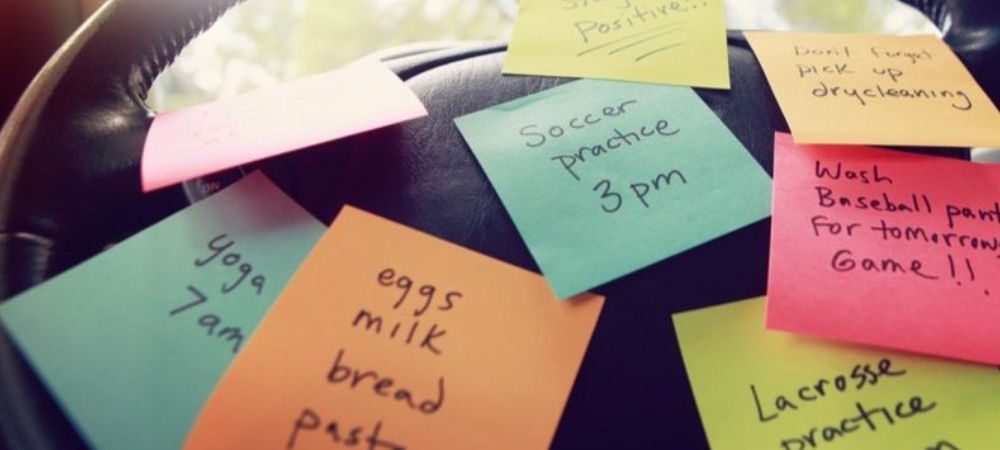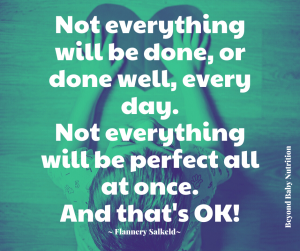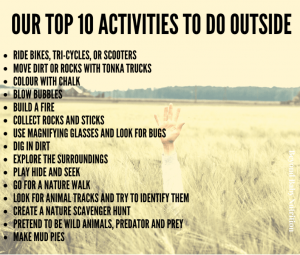Sugar shack
You probably heard of sugar shacking, this mysterious springtime activity Canadians from Eastern provinces partake in every year. If you ever wondered what a Cabane à Sucre (sugar shack) is all about, what really happens at these festive gatherings, and how to experience it DIY, read on.
The romance and nostalgia of sugar shacks is unmistakable. Traditional feasts, wood fires, maple taffy on fresh snow, sleigh rides, and energetic folk music are woven into the fabric of a northeastern Canadian springtime.When the sugary sap begins to flow during le temps des sucres, friends and families head to their local sugar shack for a day of family-friendly activities and a feast of maple-soaked delicacies designed for sharing at long communal tables.
Did you know?
Cabane à sucre (sugar shack) is a small building built in a maple grove where maple products like maple syrup, maple butter and maple taffy are prepared.
An Indigenous tradition lives on
Settlers observed indigenous peoples making maple sugar every spring that would be used to get them through the tough winter months. With the help of their technology, the settlers improved on the process of tapping maple trees and making crystallized maple sugar, which was the preferred method of conserving the sap (syrup was introduced later). The sugar was then broken down into slices or shaved directly over dishes.
While the process of collecting and transporting maple sap has modernized since the Amerindians first tapped maple trees with their tomahawks, the transformation process itself has remained close to its roots. To convert the sap into syrup by evaporation, wooden shelters were eventually invented to protect the syrup. The romance and nostalgia of sugar shacks is unmistakable. Traditional feasts, wood fires, maple taffy on fresh snow, sleigh rides, and energetic folk music are woven into the fabric of a northeastern Canadian springtime.When the sugary sap begins to flow during le temps des sucres, friends and families head to their local sugar shack for a day of family-friendly activities and a feast of maple-soaked delicacies designed for sharing at long communal tables.

Bring the cabane à sucre home
Come on a journey with us as we bring the cabane à sucre home with rich, indulgent sugar shack feast recipes.
Did you know?
Canada accounts for 72% of the globe’s maple syrup output. Québec produces 91% of Canadian maple syrup.
The traditional cabane à sucre meal includes pea soup, thick-cut ham, sausage links, bacon, omelet, fried pork rinds called “oreilles de crisse,” roasted potatoes, pickles, pickled beets, baked beans, fresh-baked bread and, most importantly, lots of maple syrup.
Maple syrup is central to sugar shack meals. It’s basically the law: Everything — we mean everything — on the table must be doused in sweet sticky maple syrup. That includes all the savoury items! Every dish either contains or is bathed in maple syrup: thick-cut ham, baked beans, sausages links, omelet, pancakes… Savoury dishes like: Pea soup and bacon rinds (colourfully known as oreilles de crisses) balance out this sweet extravagance. To cover your bases, you should probably stock up on a few bottles of maple syrup. Dessert is the pièce de résistance of this feast. Traditional desserts include maple sugar pie, pouding chômeur “poor man’s pudding” — a Depression-era sweet treat served warm and topped with vanilla ice cream. At the end of the meal, you always have a little room for maple taffy, poured warm on fresh snow.
Let’s break down the 3 main categories of food required for a truly traditional sugar shack meal.

Breakfast foods
Sugar shacks feature plates upon plates of everyone’s favourite breakfast foods.
Serve your guests the classics:
- scrambled eggs
- Sausages
- breakfast potatoes
- Pancakes
- Lots of maple syrup
Don’t forget to keep your guests happy with warm coffee and juices.

Salty foods
What goes better with sweet than salty? Nothing, that’s what! Supplement your breakfast spread with a few salty dishes. The traditional savoury dishes include:
- Pea soup
- Baked beans
- tourtiere
- Maple beer ham
- Pickles
- Pickled beets
- home-made bread

The star of the show: Dessert
Sugar shack begins and ends with maple. Classic sugar shack desserts include:
- maple sugar pie
- pouding chômeur
La crème de la crème of any sugar shack experience is none-other than maple taffy “tire d’érable”. Kids and adults go crazy for the sticky, chilled delight that is maple taffy. No worries, it’s a lot easier to make than it looks!

What to do other than eating?
Other than eating, what creates a traditional sugar shack experience? That answer is simple… music! Nothing brings us to the romantic world of traditional shacks like folklore Quebec music. We created a spotify playlist to share with you the joyful soul of the Cabane à sucre tradition.
In Québec, many sugar shacks offer horse sleigh rides to visit the property, walk or hike in the woods, traditional music and dancing, petting zoos and snowshoeing.
When we host our sugar shack meals we love to go for a walk around Wascana lake and dancing to traditional music.
Did you know?
Canada produced 13.2 million gallons of maple syrup in 2019 which contributes $750 million to Canada’s GDP






























































